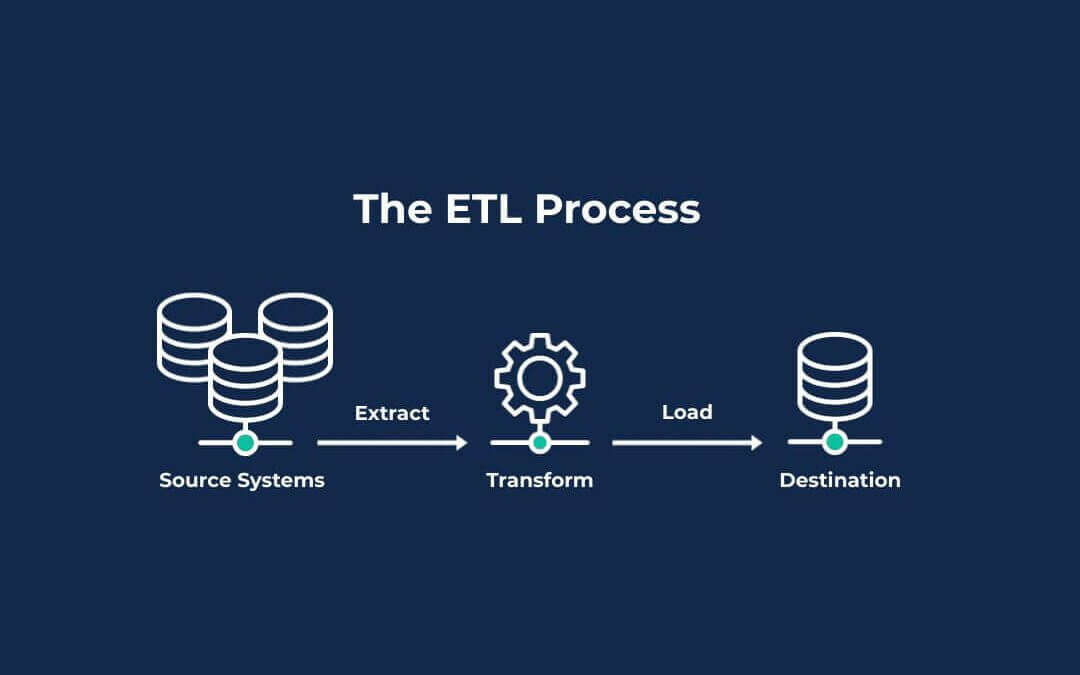

Introduction
Data Integration is the process of combining data from different sources and providing users with a unified view of that data. It ensures that diverse data, which may be stored across different systems and formats, is brought together in a consistent, cohesive manner. This is crucial for businesses that need to gather insights from various data streams, such as customer data, sales records, and operational statistics. By integrating this data, organizations can make more informed decisions, streamline operations, and enhance overall productivity. Data Integration goes beyond combining data; it ensures that different systems communicate effectively. For instance, integrating customer relationship management (CRM) data with supply chain data allows businesses to align sales efforts with inventory levels. It also involves resolving discrepancies, such as mismatched data formats or missing values, to ensure consistency. Advanced integration strategies now incorporate AI to predict and resolve integration challenges dynamically.
ETL (Extraction, Transformation, and Loading) is a fundamental process within Data Integration:
Extraction :
This involves retrieving data from different source systems, which could include databases, cloud storage, or external data sources like websites and APIs. Modern ETL tools support real-time data extraction, enabling live feeds from streaming sources like social media or IoT sensors. This is crucial for industries requiring instant updates, such as finance and logistics.
Transformation :
After extraction, the data is transformed to meet the needs of the target system. This step may involve cleaning, formatting, sorting, and converting data into a standardized structure. Beyond basic cleaning, transformations often involve enriching data by adding context, such as merging customer data with geographic or demographic information. This step also includes implementing data governance rules to ensure compliance.
Loading :
Finally, the transformed data is loaded into a target system, such as a data warehouse or data lake, where it can be easily accessed and analyzed. The loading phase increasingly incorporates adaptive loading mechanisms, where data is dynamically partitioned for parallel processing. This makes the system faster and more efficient for high-volume transactions.
It Helps Users in the following ways:
Unified Data Access :
Data integration ensures that all relevant information is easily accessible in one place, saving users from manually gathering data from multiple sources. This is particularly valuable for large organizations with complex data environments. Integrated systems allow for advanced search and querying capabilities across data sources, enabling users to locate specific insights quickly. Role-based access ensures the right data is available to the right users while maintaining security and compliance.
Enhanced Decision-Making :
With integrated data, users can analyze comprehensive data sets, enabling better, data-driven decisions. Whether it’s for business strategy, customer insights, or operational efficiency, having a single source of truth allows for more accurate insights. Integrated data supports predictive analytics, allowing users to forecast future trends and outcomes. Decision-makers can also leverage scenario modeling, where various options are simulated based on historical and current data, improving strategic planning.
Efficiency and Automation :
ETL processes automate the transfer of data between systems, reducing manual work and minimizing errors. This leads to faster operations, improved data quality, and reduced time spent on data processing. With automated ETL, data pipelines now include monitoring and self-healing mechanisms. For example, if a source system fails, the ETL process can reroute and resume without manual intervention. This ensures continuity and reduces downtime in data workflows.
Scalability :
As businesses grow, so does their data. ETL tools scale with the business, handling increasing data volumes and ensuring that all new data is properly integrated without compromising performance. Scalable integration allows organizations to onboard new data sources, such as cloud-based systems or third-party APIs, without significant reconfiguration. Additionally, it supports data federation, where queries can be run across distributed systems without moving data to a central repository.
Real-Time Data Availability :
With advancements in real-time ETL, users can now access up-to-the-minute data, which is essential for making timely decisions in fast-paced environments like finance, retail, and healthcare. Real-time integration now incorporates streaming analytics, providing instant insights directly from the data as it is ingested. This is critical for applications such as dynamic pricing models, live fraud detection, and personalized customer experiences.
Conclusion
In summary, data integration and ETL processes are crucial for efficiently managing and utilizing data across an organization. By automating and standardizing data movement, they help users gain quicker access to reliable, consistent information that drives better decision-making and operational success. In the modern business environment, effective data integration and ETL processes are key drivers of success. By bringing together data from various sources into a unified structure, organizations can improve the accuracy and speed of their decision-making. These processes ensure that businesses are not only able to consolidate vast amounts of data but also gain meaningful insights through automation and real-time access. As data volumes and complexity continue to grow, businesses that invest in robust data integration and ETL frameworks will be better equipped to scale, adapt to changing demands, and maintain a competitive edge in their respective industries.